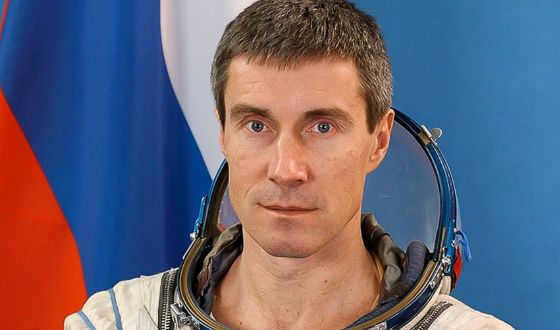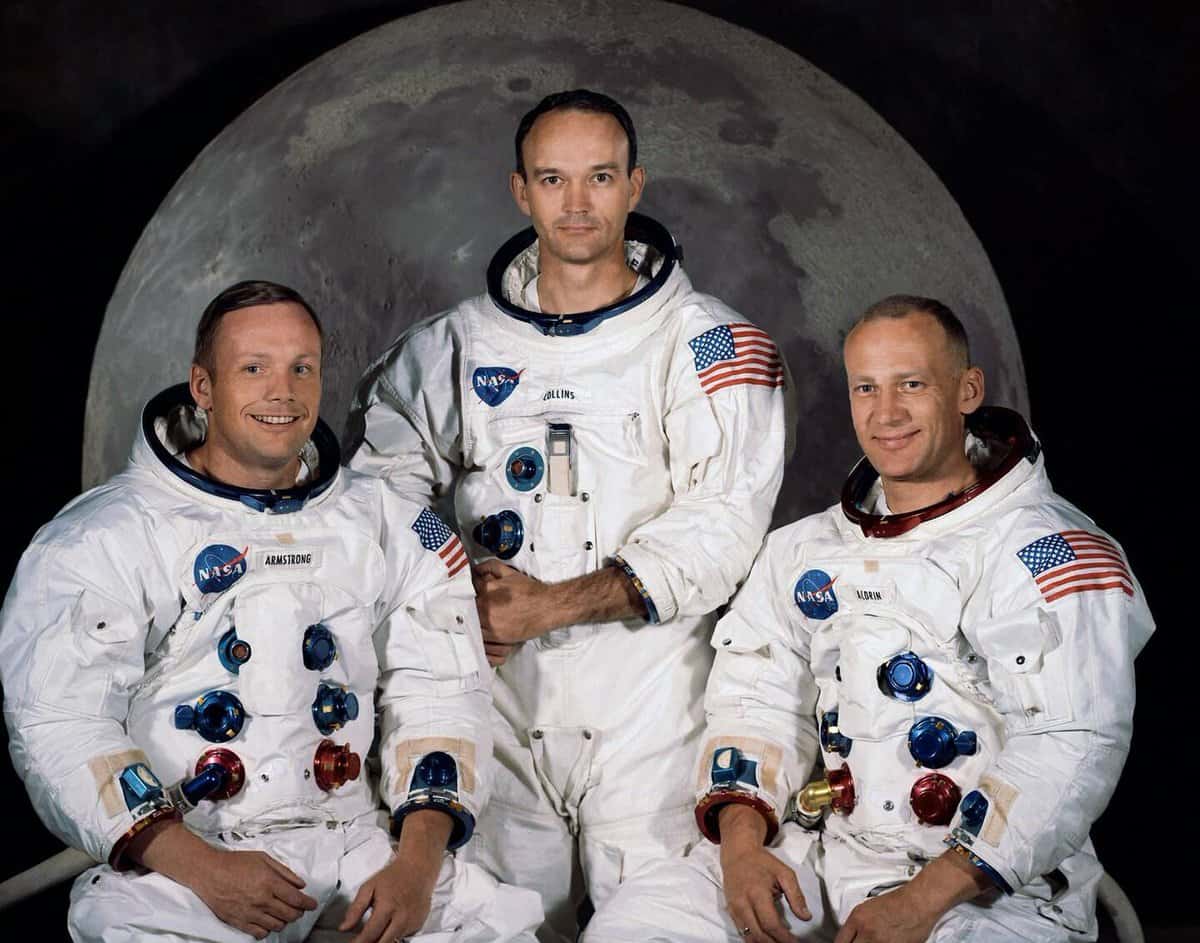Receive a daily newsletter featuring the most popular article. Connect with us on Facebook and VKontakte.
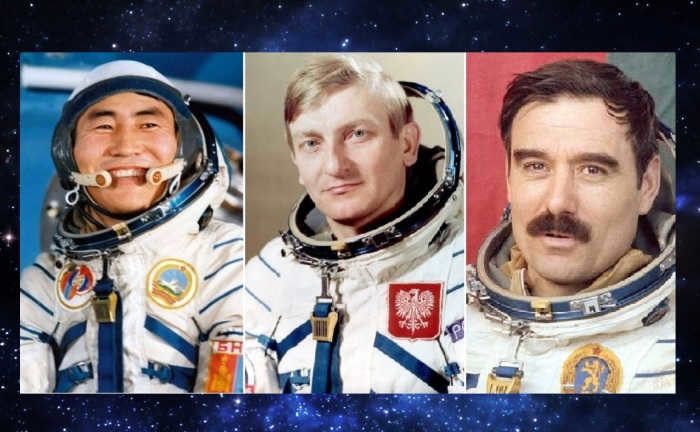
If we consider the names of astronauts, we can observe that they all have a masculine or neutral sound, and definitely do not include anyone with an inappropriate name that could potentially cause laughter among narrow-minded individuals. After all, a cosmonaut is a courageous hero, a pioneer of the universe, and therefore their last name should be fitting. This was the stance of the leadership of the Communist Party of the Soviet Union. It may seem absurd now, but during Soviet times, astronauts with “inappropriate” last names would simply have them changed. For instance, the astronaut Kakalov became Ivanova.
Kakalov
Georgy Ivanov, the Bulgarian cosmonaut who had a friendly relationship with the Soviet Union, is now 82 years old. He was born with the last name Kakalov and went on to graduate from the Higher Air Force School. After that, he served various positions including instructor pilot, air defense squadron commander, and fighter squadron commander.
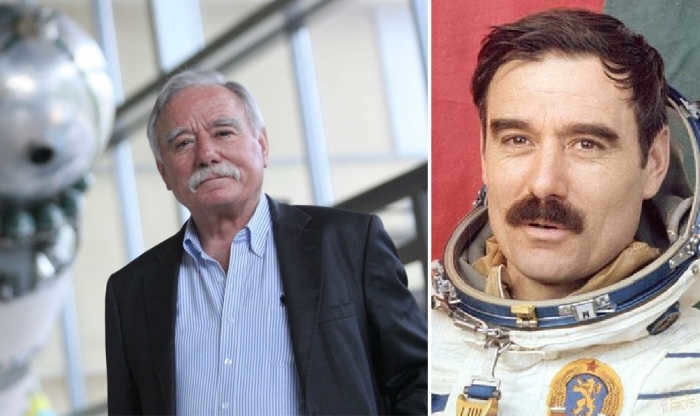
During the late 1970s, Kakalov was chosen as Bulgaria’s representative for a collaborative mission with the USSR as part of the Intercosmos program. He received training at the Gagarin Cosmonaut Center and ultimately became the sole Bulgarian cosmonaut approved for the space journey.
However, although the surname Kakalov is quite common and unremarkable in Bulgaria, it may sound somewhat amusing to a Russian person. This observation was emphasized by the Politburo of the CPSU Central Committee. Consequently, the astronaut was strongly advised to alter his surname, leaving him with no other choice. It is rumored that the astronaut’s father strongly objected (claiming that their family is ancient and highly respected), but he was made to understand that his son would have to abandon his dreams of space travel if he didn’t comply. Eventually, he relented. They didn’t reinvent the wheel and simply renamed the Bulgarian cosmonaut – Ivanov.
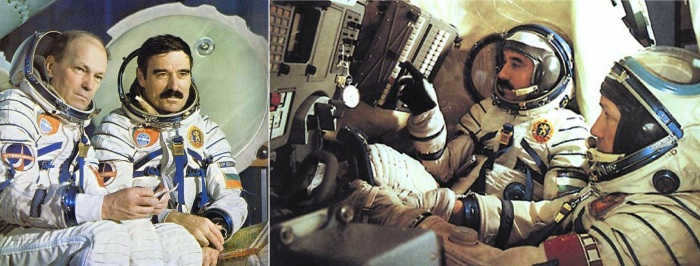
The journey of the Soviet-Bulgarian crew, incidentally, proved to be extremely challenging. The scheduled rendezvous with the Salyut-6 station was unsuccessful due to a malfunction in the spacecraft’s engine. The crew received orders to return. The return to Earth was a critical situation where the cosmonauts endured intense gravitational forces. Following the mission, Georgy Ivanov was honored with the title of Hero of the Soviet Union.
Subsequently, the Bulgarian astronaut continued his life and career under his new last name, and the fact that he was previously known as Kakalov prior to his spaceflight was forgotten.
Hermashevsky
Miroslav Hermaszewski was born into a family of landowners in the Polish village of Lipniki (now in the Rivne region of Ukraine). Several of his family members, including his father, lost their lives during the well-known Volyn massacre carried out by nationalists. After completing his education, Hermaszewski successfully graduated from a military aviation school as well as the Military Academy of the General Staff in Warsaw. Similar to his Bulgarian counterpart mentioned earlier, Miroslav served in the field of air defense fighter aviation, albeit in the Polish military.
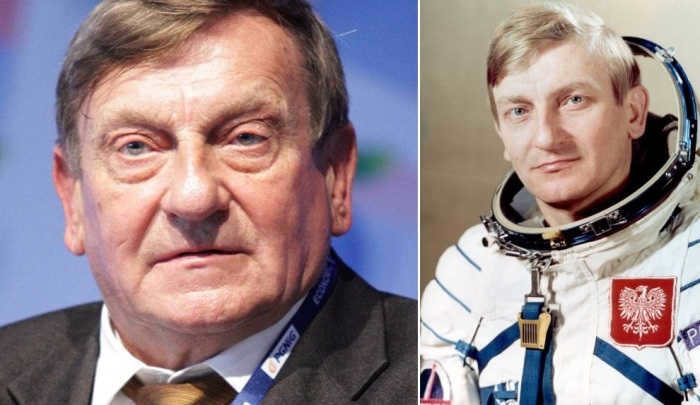

In 1976, Hermashevsky became a member of the Gagarin Cosmonaut Training Center, where he underwent training for his space mission. During his time in space, he served as a research cosmonaut. However, in order to participate in this international program, he had to make a modification to his surname. Specifically, he had to change one letter. The Soviet authorities deemed the first syllable of his original last name to be inappropriate, so it was decided that the “X” would be replaced with a “G”.
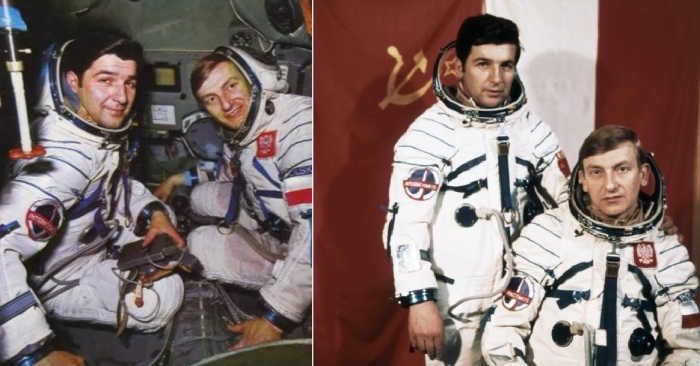

During his military career, he achieved the position of deputy commander in the Polish Air Force and Air Defense Forces, and retired with the rank of brigadier general. He has also been actively involved in social and political endeavors. Currently, he is 81 years old.
Germaszewski holds the distinction of being Poland’s first and only astronaut. Interestingly, in his home country, his last name is still pronounced with an “H” and sounds like Hermaszewski.
Ganghuyag
Astronaut Ganghuyag from the Mongolian People’s Republic was required by the Soviet authorities to alter his last name. His original surname, Gankhuyag, was deemed to have an ambiguous connotation by the leadership of the USSR. Specifically, the pronunciation of the “G” at the end of the word sounded like “K”. As a result, he changed his last name to Ganzorig.
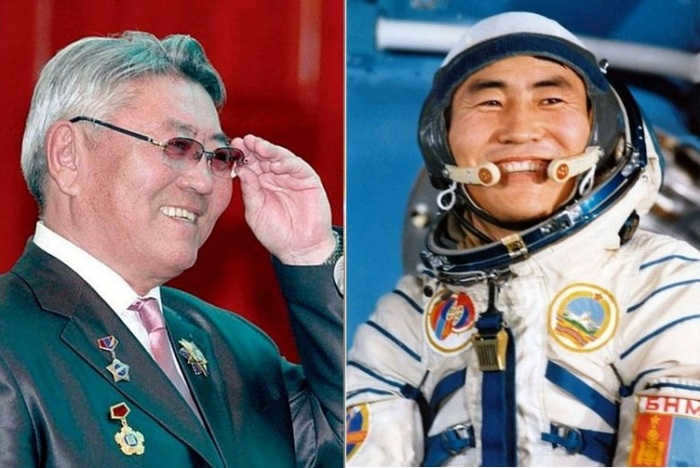
After completing his secondary education in Mongolia, Majdarzhavyyn Gankhuyag enrolled at the Kiev Polytechnic Institute, where he studied engineering and specialized in thermodynamics. Following his studies, he joined the first power plant in Ulaanbaatar and later graduated from the Mongolian Institute of Physics and Technology.
In 1978, Gankhuyag was chosen as one of the two candidates from Mongolia to participate in the Intercosmos program. He underwent extensive training in preparation for the Soyuz-39 mission and was even given a new surname. However, despite completing the training program, Majdarzhavyyn was ultimately assigned to the backup crew and never had the opportunity to venture into space, unlike his partner Vladimir Lyakhov.
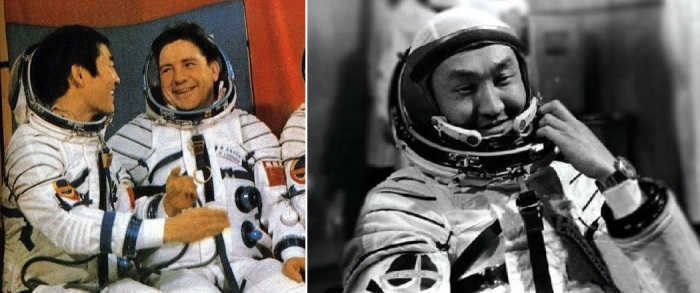

Despite the fact that Ganzorig’s spacesuit was not of much use in practice, the cosmonaut still managed to earn the title of a national hero in his homeland.
Nevertheless, this experience proved to be valuable in other ways: in 1984, Ganzorig successfully defended his thesis and became a candidate of technical sciences, later defending his doctoral thesis as well. He was later appointed as the Director of the Institute of Informatics and Remote Sensing at the Academy of Sciences of Mongolia.
Professor Maydarzhavyyn Ganzorig passed away in 2021 at the age of 72.
In the realm of domestic space travel, there existed numerous undisclosed facts that were kept hidden from the general population. These hidden truths were eventually made public at a later time. For instance, only a select few are familiar with the reasons behind the USSR’s concealment of the causes of the largest space disaster, as well as the rationale behind Gagarin’s disdain for Brezhnev.
Did you find the article intriguing? If so, show your support by clicking here:
The space race between the USSR and the United States arose as an indirect result of the Cold War and endured from 1957 to 1975.
The competition for space exploration held immense scientific and research significance, while simultaneously serving as a crucial propaganda symbol.
A multitude of significant events took place during this period: the inaugural launch of a spacecraft, the pioneering presence of living organisms in space (Belka and Strelka the dogs), the first manned flight, and ultimately, the first human to venture into outer space and land on the Moon.
Many significant events occurred during that time, and frequently the individuals responsible for documenting these events were Soviet astronauts.
The majority of experts concur that the culmination of the conflict between the two dominant nations came with the joint mission of the Soyuz and Apollo spacecraft, which included the historic act of docking. This mission marked the first time that cosmonauts from the Soviet Union and astronauts from the United States visited each other’s ships.
Today, we will pay tribute to the courageous heroes of this competition, as well as highlight the achievements of those who followed – the most renowned astronauts from the USSR and Russia.
10. Alexander Kaleri spent 769 days, 6 hours, and 33 minutes in space
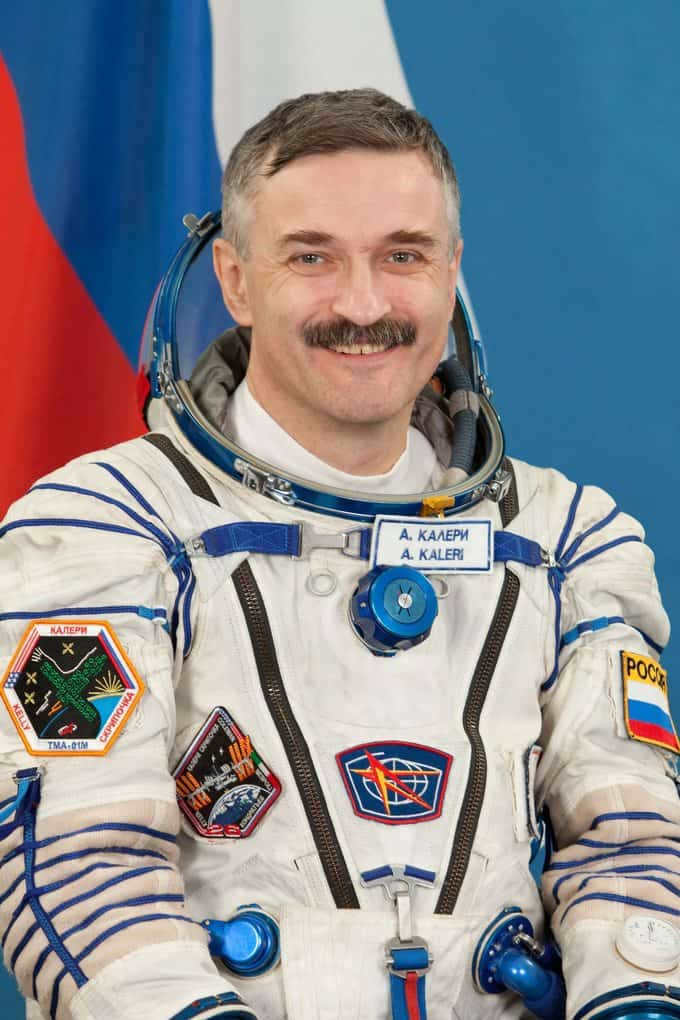
Alexander Kaleri completed his studies at the Faculty of Space Research and Astrophysics in 1979, four years after the conclusion of the space race.
Simultaneously, he commenced his work with the team responsible for the Mir orbital space station. It took him just three years to become a cosmonaut and join the 7th group of cosmonauts.
He assumed the role of a test pilot and embarked on his inaugural journey to the cosmos in 1992 aboard Soyuz TM-14, which traveled to Mir. This marked his first venture into outer space, where he spent a total of 145 days.
Kaleri subsequently participated in four more space missions, with his final flight taking place in October 2010 as the commander of the crew (returning in March 2011, the duration of the flight amounted to 159 days).
Valery Polyakov spent a total of 759 days on his expeditions, making it the 5th longest duration in history. He received numerous awards not only in Russia, but also from NASA for his achievements.
9. Valery Polyakov 678 days, 16 hours, 34 minutes in space
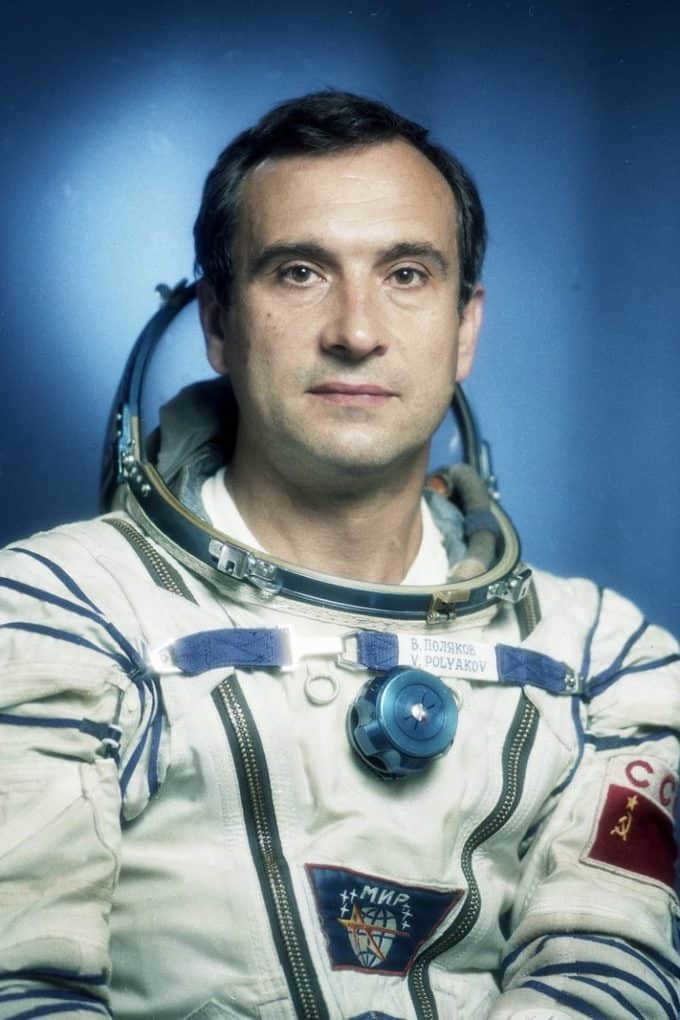
Valery Polyakov, a Soviet (and later Russian) astronaut, spent a total of 678 days in space, making him the second-longest duration astronaut after Kaleri (although he held the absolute record for 4.5 years).
The distinction lies in the fact that Polyakov completed only 2 orbital flights, lasting 240 and 437 days respectively. Following his first mission, he was awarded the title of Hero of the Soviet Union, the Legion of Honor in France, and numerous other accolades. The second mission, however, set a new record as no one had ever spent more time in space than Valery Polyakov. This remarkable accomplishment earned him the title of Hero of Russia and secured his place in history.
Even though he is a doctor by occupation (having served as a medic on the space station “Mir”), his passion for the cosmos has always been dominant: some individuals who know him personally assert that he was willing to embark on a one-way journey to Mars, essentially making an irreversible trip.
8. Sergey Krikalev spent a total of 803 days, 9 hours, and 38 minutes in space
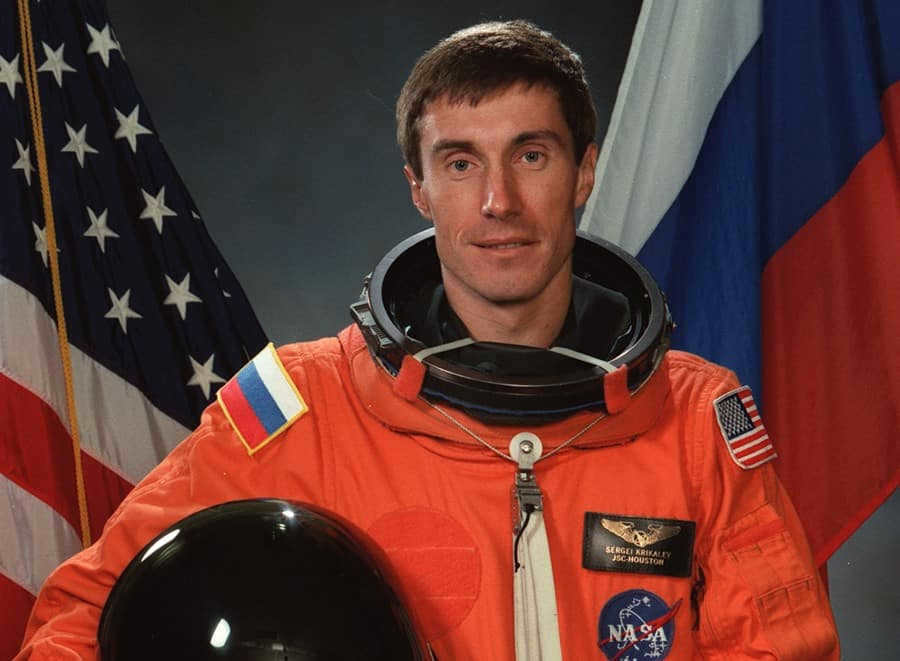
“Soyuz TM-7 was launched from the first pad of Baikonur on November 26, 1988, carrying a team of three Soviet cosmonauts and one French cosmonaut. Among them was Sergei Krikalev, who served as the flight engineer and later received the prestigious title of Hero of the USSR upon his return after spending 151 days in space.
Throughout his career, Krikalev went on to make five more space flights, accumulating a total of 803 days in space. He held the record for the most time spent in space until 2015, when he was surpassed (now ranking second).
One of his most remarkable missions was his second flight in 1990. During this mission, Krikalev spent an impressive 312 days at the Mir station before returning to Earth in March 1992. This significant achievement led to him being awarded another Order of Hero, this time from Russia, as he had transitioned from the Soviet Union to the newly formed Russian Federation.
7. Elena Kondakova Spent 178 days, 10 hours, and 41 minutes in space
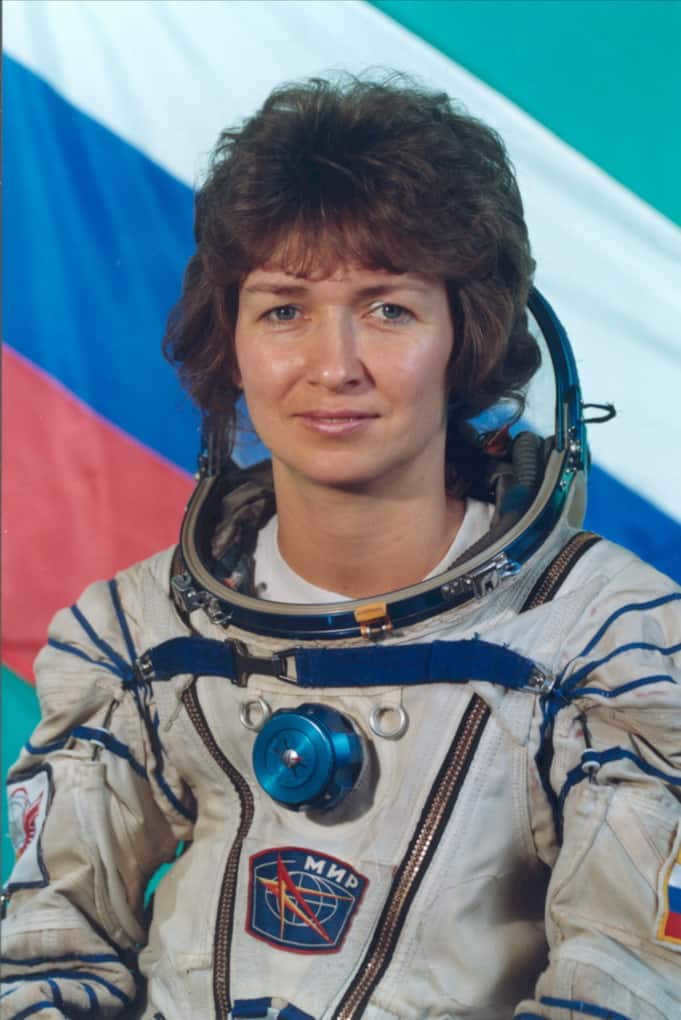
On October 4, 1994, Elena Kondakova made her inaugural journey to space aboard the Soyuz TM-20 spacecraft, where she remained for a remarkable 5 months.
Following her return, Kondakova joined the crew of the USS Atlantis two years later for the 6th docking with the OK Mir.
While she made history as the third female cosmonaut from the USSR and Russia, Kondakova made a surprising career shift in 1999, transitioning into the field of politics. She successfully ran for a seat in the State Duma and served as a member of the United Russia party until 2003 (she later left in 2011).
6. Gennady Padalka 878 days, 11 hours, 29 minutes spent in space
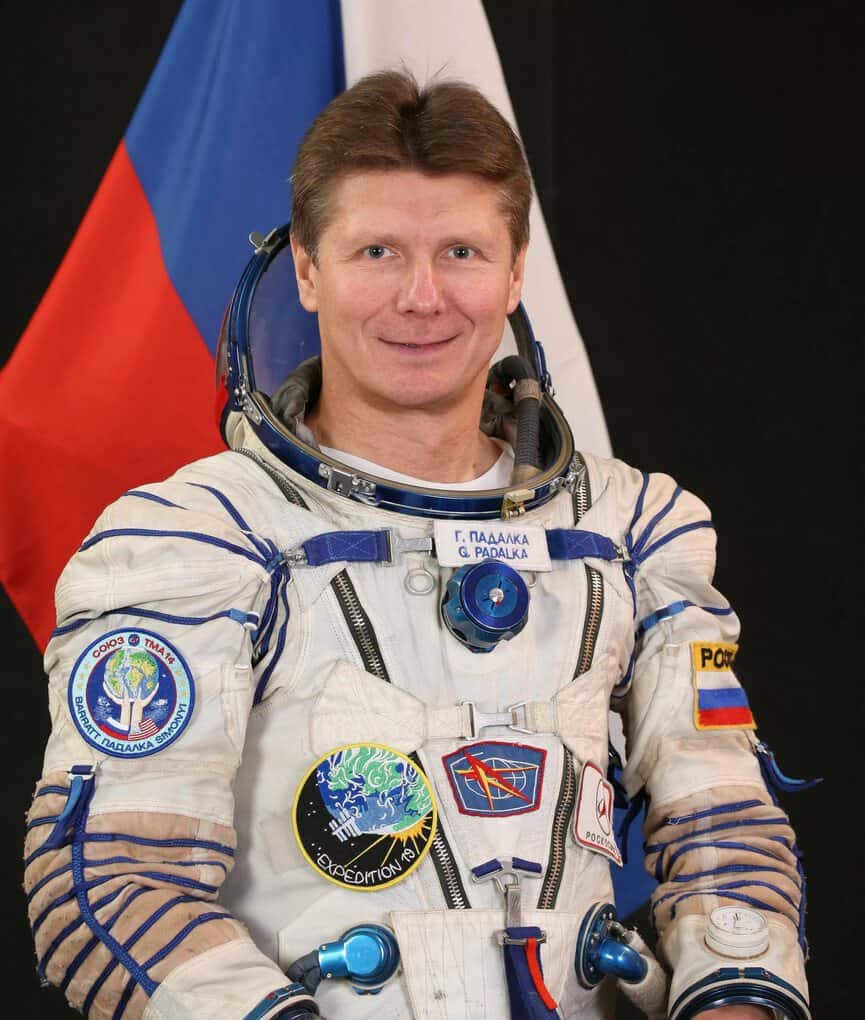
Gennady Padalka has spent a total of 878 days in outer space, making him the ultimate record-holder in this category. This impressive feat was accomplished over the course of 5 separate missions.
It all began with the launch of the spacecraft “Soyuz TM-28,” where Padalka served as the commander of the crew. His most recent journey occurred in 2015, during which he not only set his personal record but also completed his 10th anniversary spacewalk, spending a remarkable five and a half hours out in space.
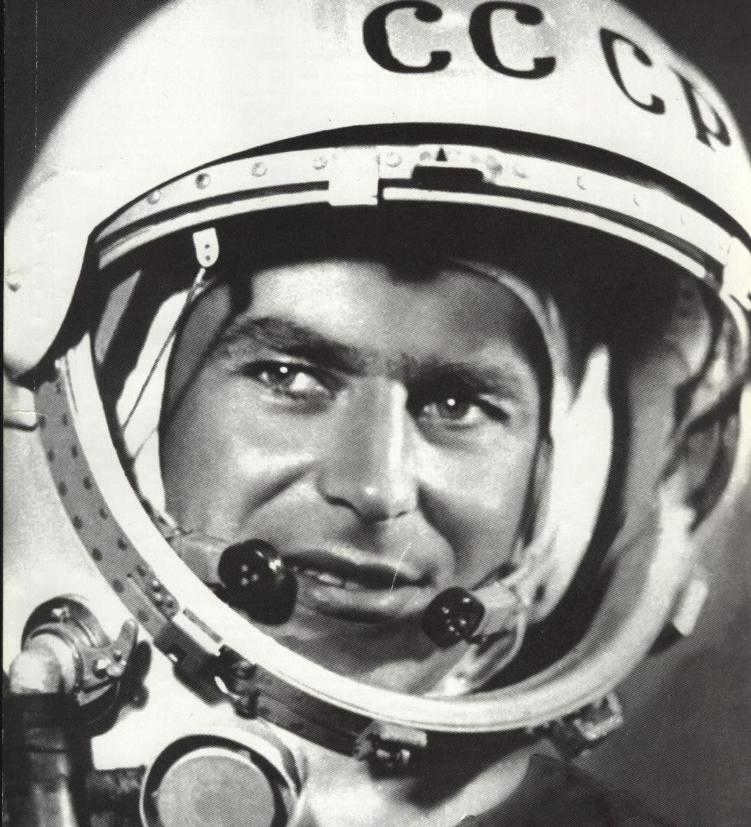
German Titov played an active role in the space race and could have potentially been the first person to venture into space, as he served as Yuri Gagarin’s understudy. Nonetheless, he had numerous accomplishments even without that distinction:
- He holds the record for being the youngest cosmonaut in history, as he was only 25 years and 330 days old during his Voskhod-2 mission in August 1961.
- He was the first individual to undertake an extended spaceflight, spending more than a day in space during the Voskhod-2 mission.
- He was the second Soviet cosmonaut.
- He became the second person in history to complete a suborbital flight.
- He was honored as a Hero of the Soviet Union.
All of these accomplishments were achieved in a single flight, and upon his return to Earth, he took on the role of an instructor.
4. Anatoly Solovyev 651 days, 3 minutes in the cosmos.
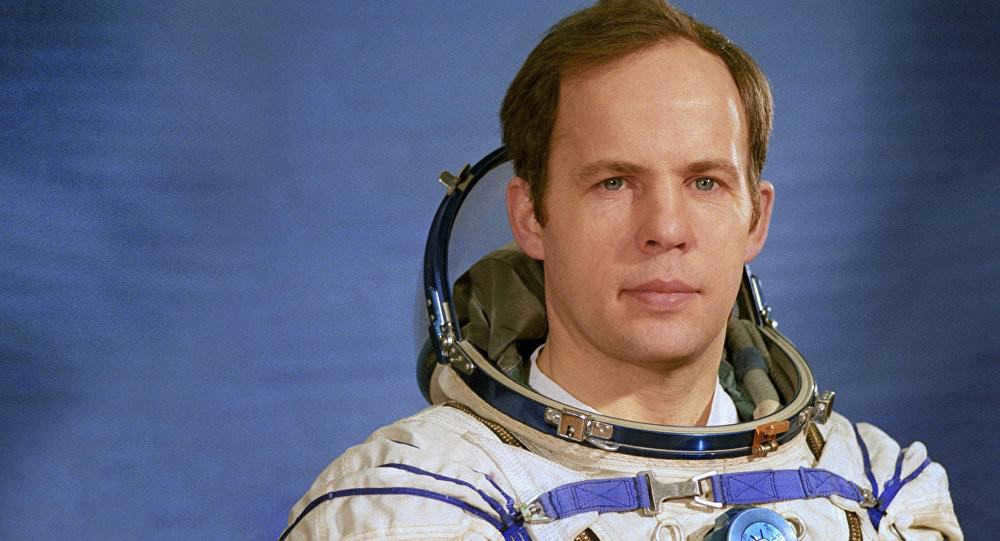
Anatoly Solovyov completed 5 expeditions and ventured into space a remarkable 16 times, accumulating a total of 651 days in space.
During his impressive career, Anatoly Solovyov spent an astonishing 79 hours outside the station, setting a world record that still stands today. It is worth noting that his last spacewalk occurred in 1997, just before his return in 1998. Throughout this mission, he served as the commander of the OK Mir and held the prestigious title of Hero of the USSR.
Aside from his accomplishments in space, Anatoly Solovyov is also an accomplished pilot. He boasts over 1,500 hours of flight time, has completed 1,500 parachute jumps, and is qualified to fly 14 different types of airplanes.
3. Alexei Leonov: 7 days and 32 minutes spent in space.
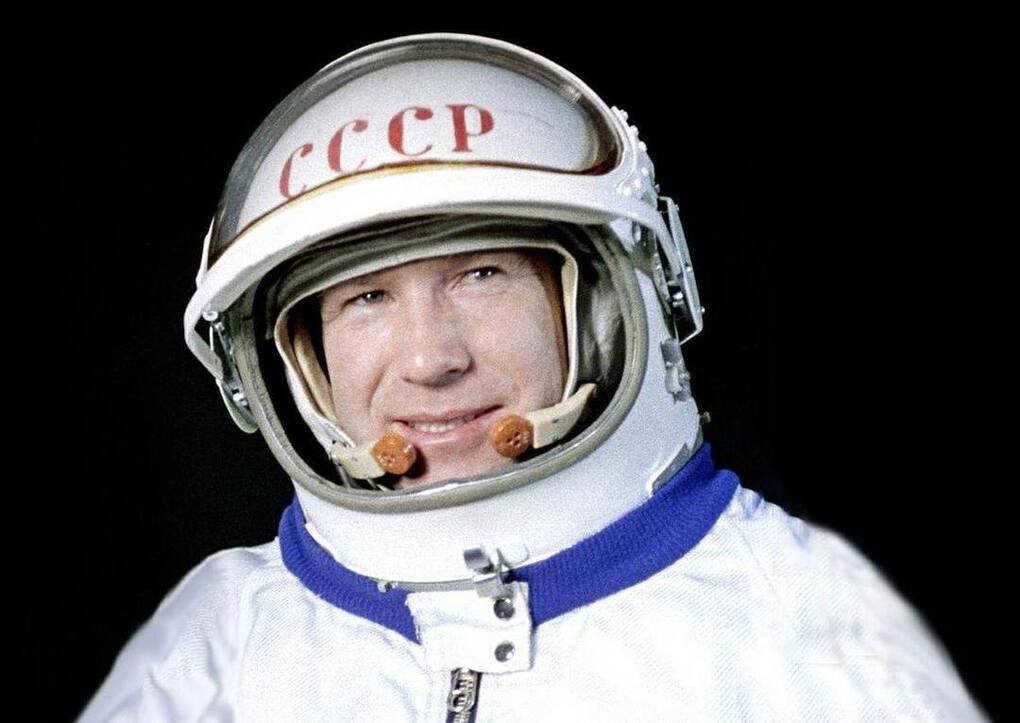
The cosmonaut began his career during the height of the Soviet-American rivalry, when no one had yet ventured into space or set foot on the moon.
Alexei Leonov successfully completed his first mission on March 18, 1965, spending 12 minutes and 9 seconds outside the Voskhod-2 spacecraft.
He had the potential to become the first man on the moon, but the program was cancelled and the honor went to American astronaut Neil Armstrong.
Leonov embarked on his second space flight 10 years later, commanding the crew of the Soyuz-19 as part of the EPAS program (Experimental Apollo-Soyuz Flight). After nearly 6 days in space, our crew successfully docked with the American spacecraft, marking the first-ever docking between ships from different countries.
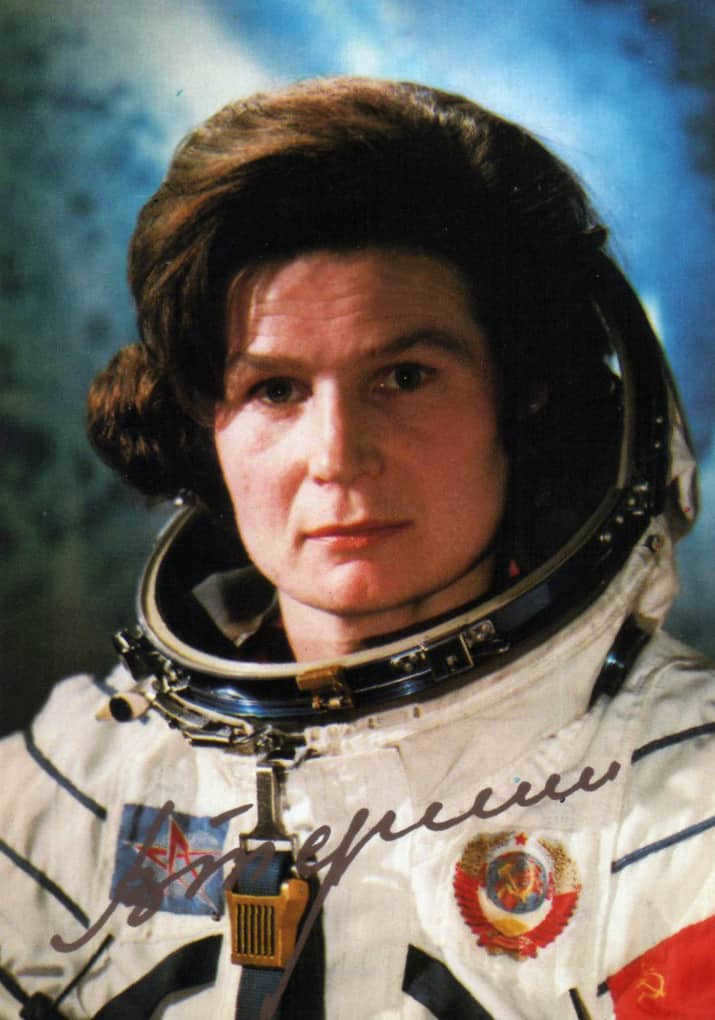
Following a series of successful endeavors, particularly the monumental achievement of Gagarin’s historic flight, the leadership of the USSR conceived a plan to figuratively “poke America in the eye” by sending a female astronaut into space.
Valentina Tereshkova rose to become the 6th cosmonaut of the Soviet Union and the 10th in the annals of space exploration, forever remaining as the sole representative of the fairer sex to embark on a solo mission.
Fascinatingly, despite being ranked the least accomplished among the five individuals who were considered, Tereshkova was ultimately selected for political reasons. Hailing from a humble working-class background and possessing the ability to eloquently address the public, she served as a shining example of the Soviet system.
1. Yuri Gagarin Spent 1 Hour and 48 Minutes in Outer Space
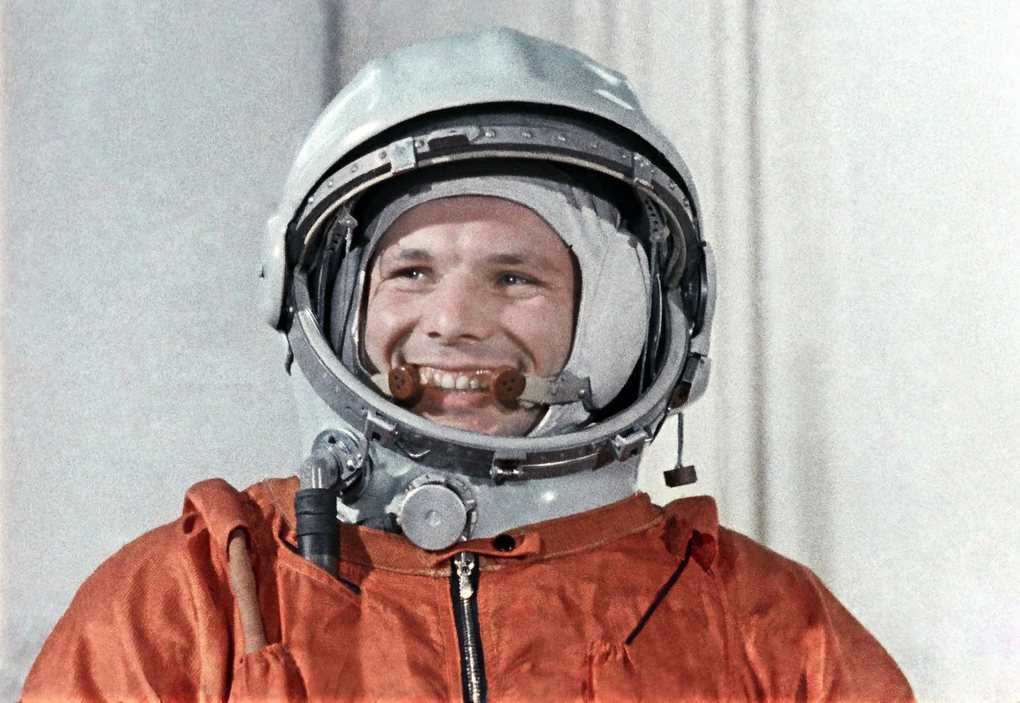
The most well-known astronaut in the entire post-Soviet region, who made history as the first person to ever travel to space..
On board the Voskhod 1 spacecraft, Yuri Gagarin spent a total of 108 minutes in space on April 12, 1961. Since 1962, this day has been celebrated as Cosmonautics Day.
Upon his return, he became a sensation not only in the Soviet Union but also worldwide: he visited over 30 countries, where he was hailed as a true hero.
If it weren’t for his untimely death during a training flight in an airplane, he could have made even more significant contributions to history.
The space race between the USSR and the United States was an unintended consequence of the Cold War and lasted from 1957 to 1975.
The quest for space exploration held immense scientific and historic value, while also serving as a powerful propaganda symbol.
During this period, numerous groundbreaking events unfolded: the inaugural spaceship launch, the historic journey of the dogs Belka and Strelka as the first living beings in space, the pioneering human flight, and the remarkable voyage of humans to the Moon.
This era witnessed countless unprecedented achievements, with Soviet cosmonauts often at the forefront, setting new records and pushing boundaries.
According to most experts, the ultimate culmination of this Cold War rivalry was marked by the joint mission of the Soyuz and Apollo spacecrafts, culminating in their successful docking. This groundbreaking event also included the momentous exchange of visits between cosmonauts and astronauts aboard each other’s respective ships, another unprecedented milestone.
Today we will commemorate the shining heroes of this lineage, and also share the stories of those who emerged from the shadows – the renowned cosmonauts of the USSR and Russia.
10. Alexander Kaleri 769 days, 6 hours, 33 minutes in the cosmos
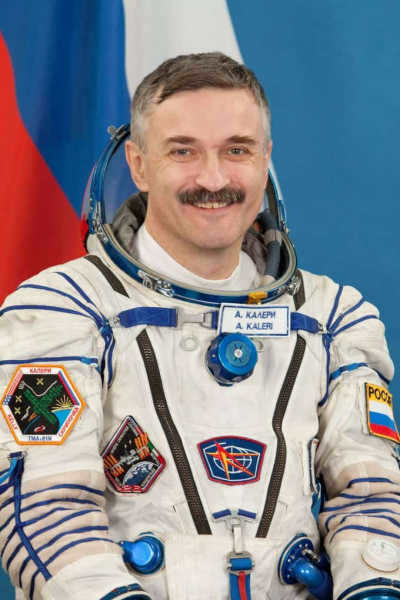
Alexander Kaleri completed his studies at the Faculty of Space Research and Astrophysics in 1979, just four years after earning his degree.
Simultaneously, he began working with the team responsible for the Mir space station. It only took him three more years to become a cosmonaut and join the seventh group.
He was designated as a test pilot and embarked on his inaugural journey to the stars in 1992 aboard the Soyuz TM-14 spacecraft, which headed for Mir. It was during this mission that he experienced his first foray into space, spending a total of 145 days away from Earth.
Kaleri subsequently embarked on four more spaceflights, with his final one occurring in October 2010, where he served as the crew commander (returning in March 2011, after a 159-day flight).
In total, his expeditions have lasted 759 days (ranking as the fifth longest in history), earning him numerous accolades not only in Russia but also from NASA.
9. Valery Polyakov: 678 days, 16 hours, 34 minutes spent in space
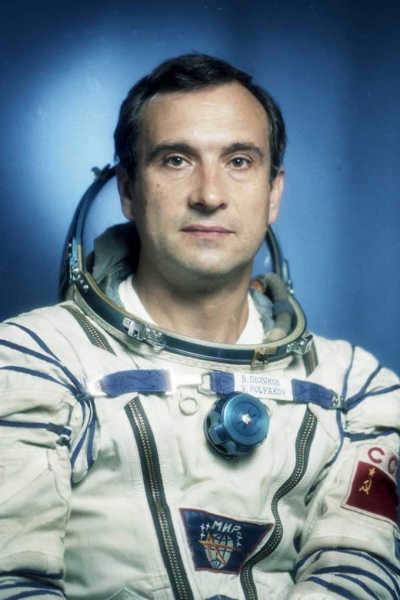
Valery Polyakov, a Soviet (and later Russian) cosmonaut, holds the record for spending 678 days in space, a feat that Caleri acknowledges (although Caleri was the all-time record holder at 4.5 years).
The distinction lies in the fact that Polyakov completed only 2 orbital flights: one lasting 240 days and the other lasting 437 days. Following his first flight, he was awarded the title of Hero of the Soviet Union, the Legion of Honor from France, and numerous other honors. The second flight was truly unprecedented: no one had ever spent more time in space than Valery Polyakov. This remarkable achievement earned him the title of Hero of Russia and secured his place in history forever.
Even though he worked as a doctor (he was also a doctor on the OK “Mir”), his passion for space exploration has always been dominant: some individuals who are acquainted with him personally assert that he was even willing to embark on a one-way journey to Mars, indicating his willingness to make a flight with no possibility of return.
8. Sergey Krikalev 803 days, 9 hours, 38 minutes in space
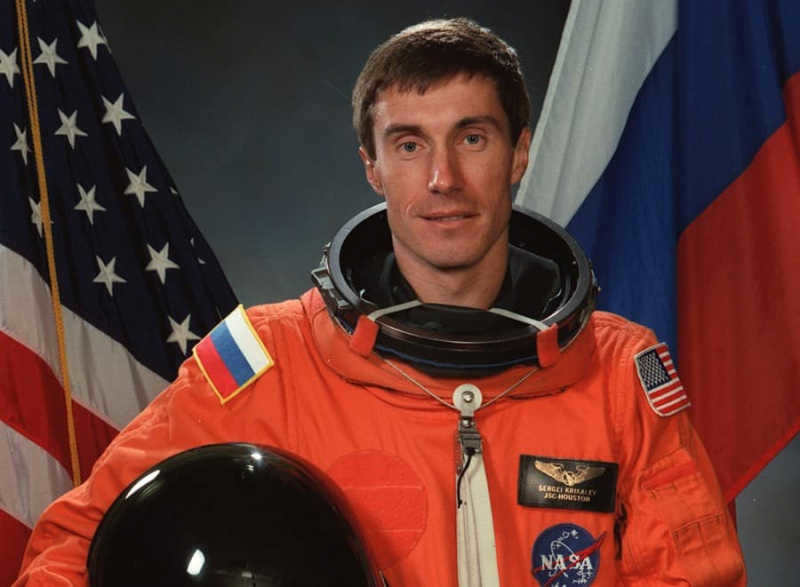
The launch of Soyuz TM-7 took place on November 26, 1988, from the original Baikonur Cosmodrome. On board were three Soviet cosmonauts and a Frenchman. Among them was Sergei Krikalev, who served as the flight engineer. He successfully completed the mission and returned 151 days later, earning the prestigious title of Hero of the USSR upon his arrival.
Following this achievement, Krikalev went on to make five more space flights, accumulating a total of 803 days in space. For many years, he held the record as the astronaut with the most time spent in space until 2015 (currently second on the list).
One of the most fascinating journeys was his second flight, which took place in 1990. During this mission, Krikalev spent nearly 312 days aboard the Mir station. Upon his return to Earth in March 1992, he made history by transitioning from the Soviet Union to Russia, and was immediately honored with another commendation. A true hero, both as a cosmonaut and a Russian.
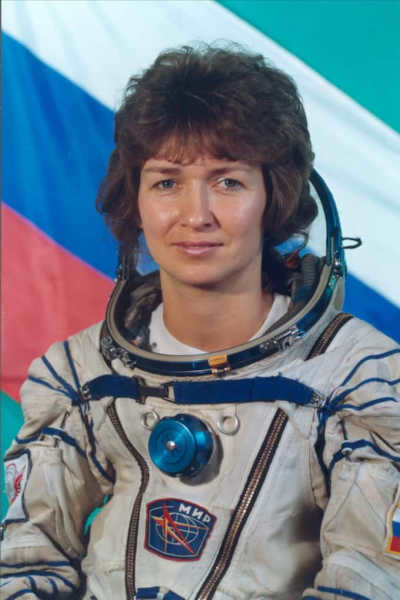
Elena Kondakova made her initial journey to space on October 4, 1994 aboard the Soyuz TM-20 spacecraft, where she resided for a duration of 5 months.
Following her return, Kondakova later joined the crew of the U.S. space shuttle Atlantis during its sixth docking mission with the Mir spacecraft.
She became the third female cosmonaut in the USSR and Russia, however, in 1999 she made the decision to transition into politics. Kondakova was elected as a deputy of the State Duma and served until 2003 as a member of the United Russia party (she departed from it in 2011).
6. Gennady Padalka: Spent 878 days, 11 hours, 29 minutes in space
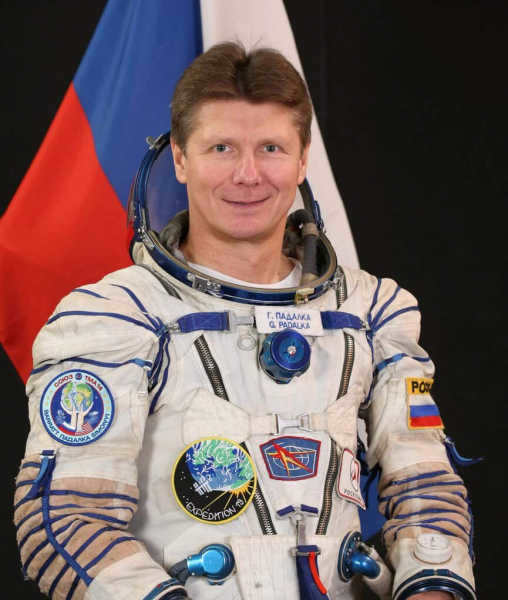
Gennady Padalka holds the absolute record for spending 878 days in space. He achieved this milestone through 5 flights.
Padalka’s journey began aboard the Soyuz TM-28 spacecraft, where he served as the crew commander. His most recent flight occurred in 2015, during which he not only surpassed his own record, but also completed a spacewalk to commemorate the 10-year anniversary, spending a total of five and a half hours outside the spacecraft.
5. German Titov – 1 day, 1 hour, and 18 minutes spent in space
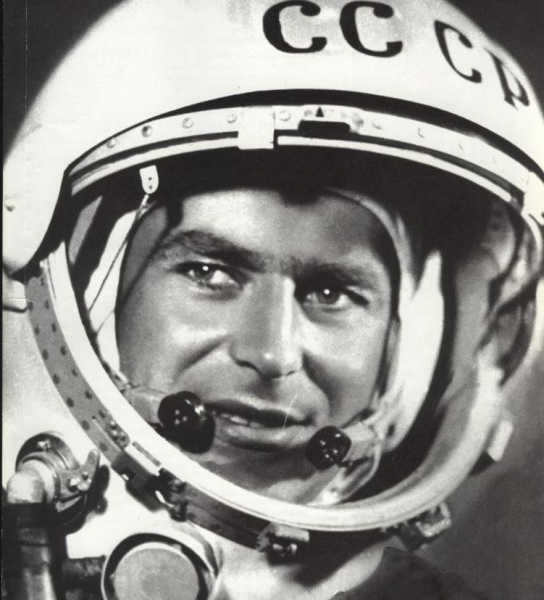
German Titov actively participated in the space race and had the potential to be the first person in space, as he was a backup for Yuri Gagarin. However, his achievements are already remarkable:
- He became the second person in history to complete a suborbital flight.
- He was the first person to undertake a long-duration space mission, spending more than a day in space aboard the Voskhod-2 spacecraft.
- He holds the record for being the youngest cosmonaut in history, as he was only 25 years and 330 days old during his flight in August 1961.
- He was the second cosmonaut from the Soviet Union.
- He was honored with the title of Hero of the Soviet Union.
All these accomplishments were achieved in a single flight, and upon his return to Earth, he became an instructor.
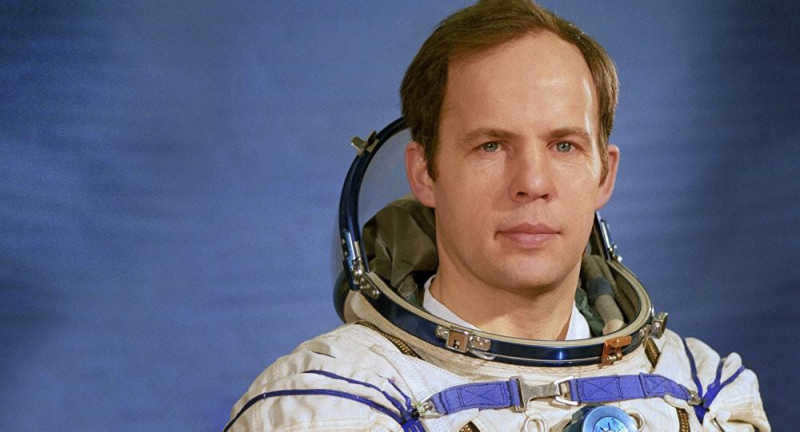
Anatoly Solovyov has accumulated an impressive record of space exploration. Throughout his career, he embarked on 5 expeditions, spending a total of 651 days in space. Incredibly, he ventured into outer space 16 times.
One of Solovyov’s notable achievements is his world record for spending about 79 hours outside the station. This remarkable feat occurred during his last spacewalk in 1997, before his return in 1998. During this mission, he held the esteemed position of commander of the OK Mir and maintained his status as a Hero of the USSR.
In addition to his space exploration endeavors, Solovyov is also an experienced pilot. He has accumulated over 1,500 hours of flight time and has completed 150 parachute jumps. Furthermore, he has mastered the art of flying 14 different types of aircraft.
3. Alexei Leonov 7 days, 32 minutes in space
Alexei Leonov was a Soviet astronaut who spent a total of 7 days and 32 minutes in space.
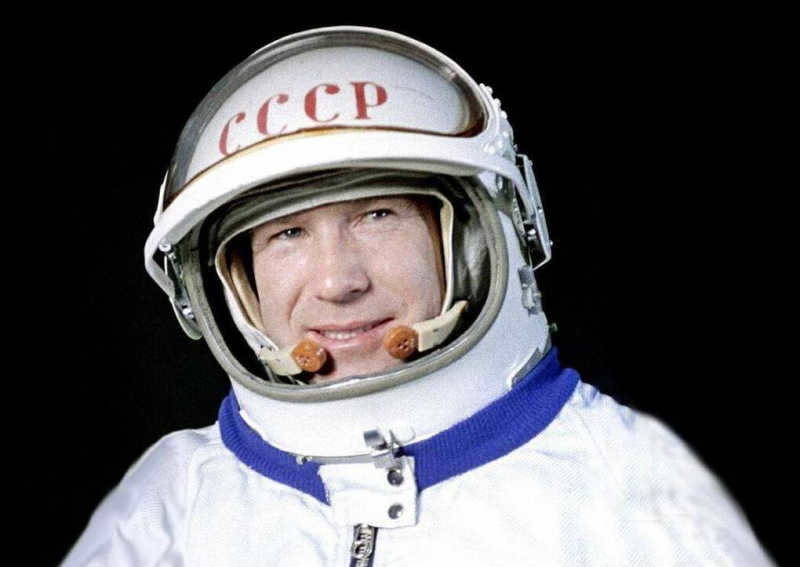
During a time of intense rivalry between the USSR and the USA, when space travel and moon exploration were still uncharted territory, the cosmonaut emerged.
Alexei Leonov achieved great success during his initial mission on March 18, 1965, spending a total of 12 minutes and 9 seconds outside the Voskhod-2 spacecraft.
He could have potentially been the first man on the moon, but the program was ultimately canceled, and the honor was bestowed upon American astronaut Neil Armstrong instead.
10 years later, Leonov embarked on his second space mission as the commander of the Soyuz-19 spacecraft. This mission was part of the EPAS program, also known as Apollo-Soyuz Experimental Flight. During this historic mission, Leonov and his crew spent nearly 6 days in space. The most significant milestone of this mission was the docking of their spacecraft with an American ship, marking the first-ever successful docking between ships from different countries.
2. Valentina Tereshkova: A Record-Breaking 2 Days, 22 Hours, and 51 Minutes in Space
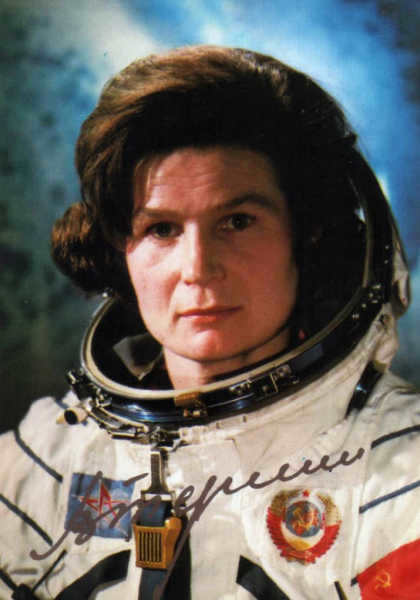
After a series of successful projects, particularly Gagarin’s historic flight, the leadership of the USSR wanted to make a statement and show their superiority over America. As a result, they made the decision to send a female astronaut into space.
Valentina Tereshkova became the sixth astronaut from the Soviet Union and the tenth in history. She remains the only woman to have flown solo.
Interesting fact: Despite being the least qualified among the five candidates in terms of medical commission results and general training, Tereshkova was chosen for political reasons. She came from a simple working-class background and was also skilled at public speaking, which helped portray the Soviet system in a positive light.
1. Yuri Gagarin spent 1 hour and 48 minutes in space
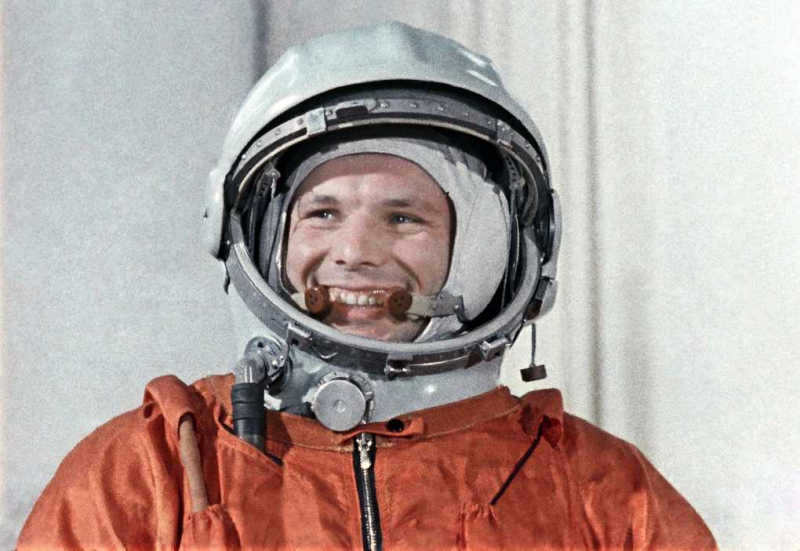
The most well-known astronaut in the entire post-Soviet space era, he was the first person in the history of the world to venture into outer space.
On April 12, 1961, Yuri Gagarin spent 108 minutes aboard the Voskhod-1 spacecraft. Since 1962, this day has been celebrated as Cosmonautics Day.
Upon his return, he became a superstar not only in the Soviet Union, but also globally: he visited over 30 countries, where he was greeted as a true hero.
If it weren’t for his premature death during a training flight in an airplane, he could have made his name even more prominent in history.
Yuri Gagarin
On April 12, 1961, a momentous occasion took place with the inaugural manned spaceflight. The spacecraft named “Vostok-1” was launched from Baikonur and successfully achieved Earth’s orbit. Yuri Gagarin, hailing from Smolensk province and the son of a village carpenter, had long nurtured aspirations of soaring through the skies. And on that historic day, he found himself securely fastened into the catapult seat, ready for the extraordinary journey ahead.
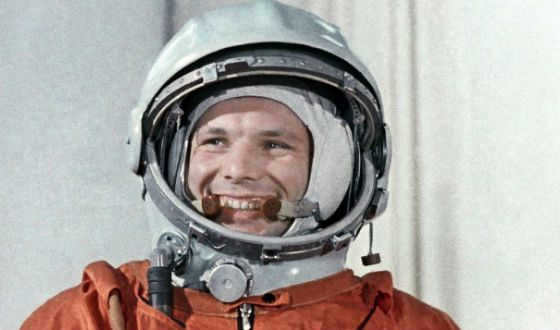
In 1955, he acquired the skills of piloting a Yak-18 aircraft and was admitted to the Orenburg flight school, from which he successfully graduated after a span of 2 years. In 1958, he was among the 60 pilots who were chosen to take part in the space program. Out of this group, only 12 individuals were able to make it to the Star City training complex. Each of these twelve pilots had to undergo a series of rigorous tests to assess their mental stability and physical endurance. After the selection process, it was Gagarin who was ultimately selected as the trailblazer of space exploration.
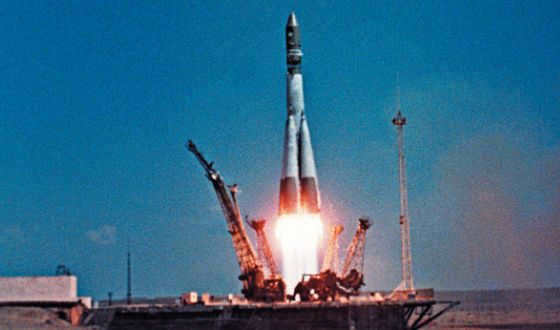
After completing a full orbit around his home planet at an altitude of 188 kilometers and spending a total of 108 minutes in space, Yuri safely ejected near the Saratov region, landing just seven kilometers from the ground. Some critics argue that “Gagarin did not perform a great feat because he was merely lying down and not even controlling the spacecraft,” but his example served as proof that a human being can survive in the vastness of space and return back to Earth unharmed. Moreover, it takes a true hero to bravely take the first step into the vast unknown.
Valentina Tereshkova, the pioneering female astronaut and the most outstanding woman of the 20th century, embarked on her journey to space due to her deep love for skydiving. After completing over 150 jumps at the Yaroslavl aeroclub, she earned a spot in the prestigious women’s cosmonaut squadron, where she was not only trained to navigate an aircraft but also received comprehensive instruction in various other areas.
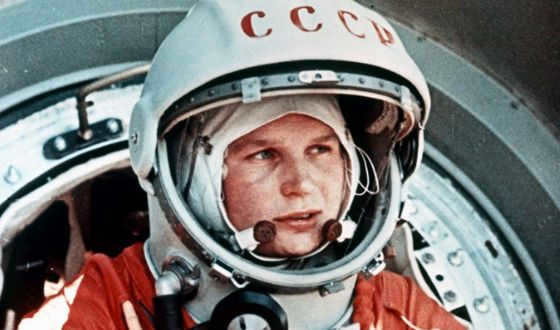
All five women in the team had the ability to travel to space, but it was Tereshkova who was personally chosen by Nikita Khrushchev. On June 16, 1963, she famously said, “Hey, sky! Take off your hat,” before entering the cockpit of the “Vostok-6” spacecraft. Known by her call sign “Seagull,” she spent a total of 70 hours and 50 minutes in the airless space.
The effects of space on the female body were not well understood at the time: during the flight, Tereshkova experienced vomiting and found it difficult to move and perform tasks. Additionally, due to an engineering miscalculation, she had to land the spacecraft on her own. However, the chief designer prohibited her from publicly discussing this incident.
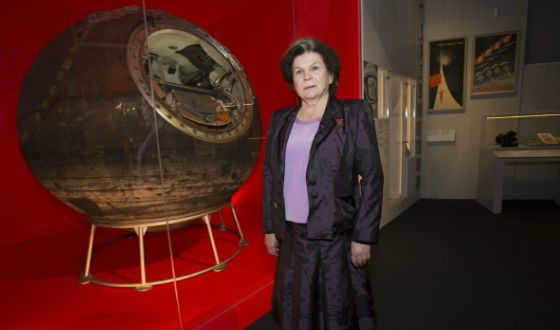
It took Tereshkova a month to recover, and the result of her nearly three-day flight was an increase in bone fragility. The witnesses of those events could not have anticipated the effort it took for Valentina to “go out in public” and demonstrate her robust health.
Vladimir Komarov
Vladimir Komarov made history by becoming the first person to travel to space on two separate occasions. His initial journey took place in October 1964 when he commanded the crew of the groundbreaking multi-seat spacecraft called “Voskhod-1”. This historic flight lasted an impressive 24 hours and 17 minutes, and it was notable for being the first space mission where the astronauts did not wear spacesuits.
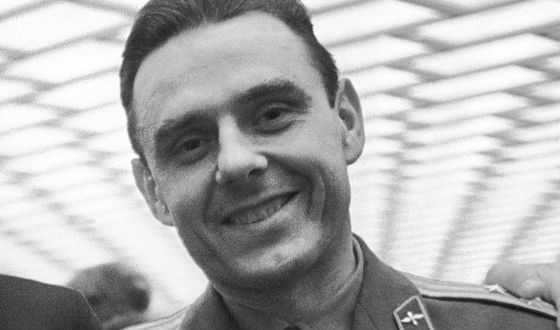

Komarov’s second space mission occurred in April 1967. He was designated as the pilot of the Soyuz-1 spacecraft, with Gagarin serving as his backup. However, Gagarin opposed the flight and recommended that the spacecraft be modified. Komarov also recognized the flaws in the ship and informed the state commission four days before launch, stating, “The ship is not ready for flight.” Nevertheless, due to the ongoing rivalry with the United States, the commission accused him of cowardice, and Komarov was compelled to proceed with the mission.
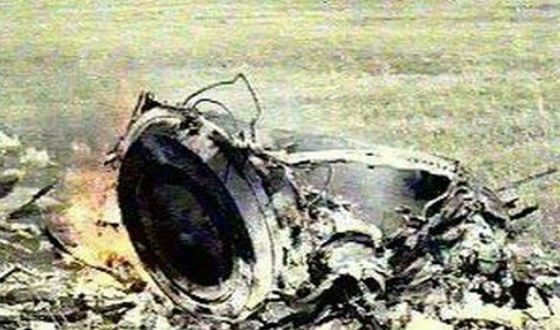
It was Komarov’s exceptional skill that enabled him to accurately orient himself during the mission. The entire process was conducted without any visual guidance whatsoever. Despite everything going smoothly, a major setback occurred when the spacecraft entered the dense atmosphere and the main parachute failed to open. To make matters worse, the reserve parachute became entangled due to the rotation. As a result, the module crashed onto the ground at a speed of 40 meters per second, causing it to burn up upon impact. Tragically, Vladimir Komarov lost his life in the accident and was posthumously awarded the honor of being a double hero of the Soviet Union.
Alexei Leonov
In the orbit of Earth on March 18, 1965, Alexei Leonov and Pavel Belyaev manned the Voskhod-2 spacecraft. Upon reaching the designated location, Leonov ventured outside the ship, making him the inaugural individual to venture into outer space. For a duration of 12 minutes and 9 seconds, he traversed a distance of 535 centimeters away from the spacecraft.
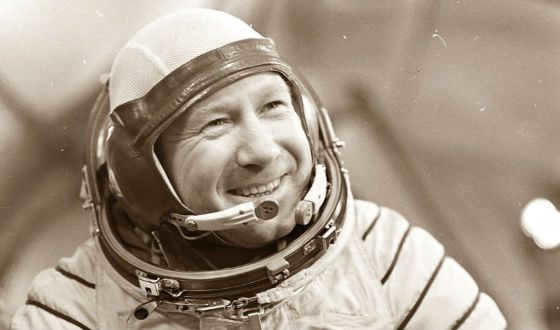
The initial human spacewalk was accompanied by emergency situations that nearly resulted in the loss of two cosmonauts’ lives. Initially, the pressure within the spacesuit unexpectedly increased, causing Leonov to encounter difficulties when attempting to return to the spacecraft. It was deemed futile to report the incident to Earth, so the cosmonaut made the decision to take independent action. By releasing excess oxygen, he was able to reduce the volume of the spacesuit, albeit at the risk of decompression sickness. As a result of the excitement and strain, his pulse escalated to 190 beats per minute. Furthermore, the glass of his helmet became fogged, forcing Leonov to navigate through the airlock with limited visibility.
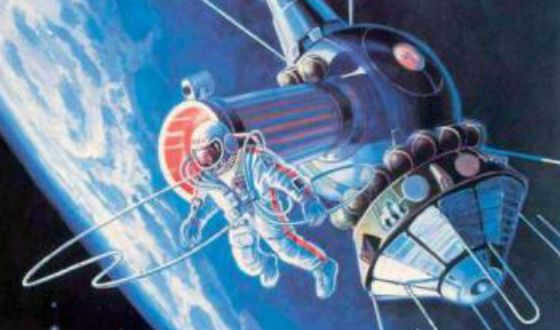
Before the partners, there was a perilous situation: there was a small opening in the spacecraft that was releasing oxygen. The life support system automatically started pumping oxygen into the cabin, causing the partial pressure to reach 920 mm (while 460 mm is considered dangerous). A mere spark could have led to an explosion. Leonov and Belyaev had to intervene in the spacecraft, battling drowsiness and hallucinations caused by oxygen poisoning.
The Control Center was not anticipating that the astronauts would need to manually land Voskhod-2, but the navigation system failed. They had to manually control the landing capsule with up to 10 Gs of force.
The landing was successful, although it did not occur at the designated location. Instead, it took place 180 kilometers away, deep in the taiga of the northern region of Perm. The temperature dropped to -30 degrees Celsius, causing the module to quickly freeze. The crew members who made it to Earth narrowly escaped death from the extreme cold, but they were eventually found after 24 hours. It took an additional two days for help to arrive and clear the forest for a helicopter to land. To reach the rescue transport, the cosmonauts had to embark on a 9-kilometer ski trek.
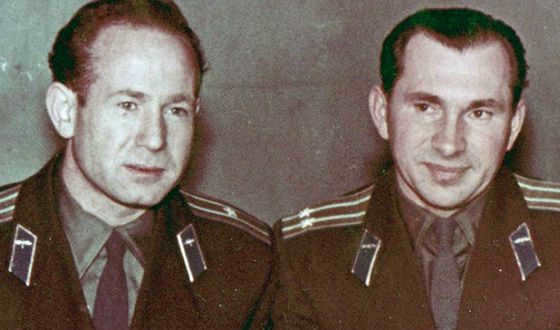
The world community was so astonished by the initial ventures of mankind into outer space that it even gave rise to a unique verb in the German language – leonovieren, signifying “to float in space like Leonov”. In 2017, a feature film depicting the remarkable achievement of Leonov and Belyaev, portrayed by Yevgeny Mironov and Konstantin Khabensky, was premiered in Russia. The film benefited from the expertise of Alexei Leonov himself, who served as its primary consultant.
Sergei Krikalev
Sergei Krikalev holds the remarkable distinction of being the foremost record-holder for the most time spent in space. With an impressive total of six space missions under his belt, Sergei has accumulated a staggering 803 days outside the Earth’s atmosphere. Notably, during his initial two expeditions, he resided on the Mir orbital station for an extended period of over a year, during which he successfully completed seven extravehicular activities.
